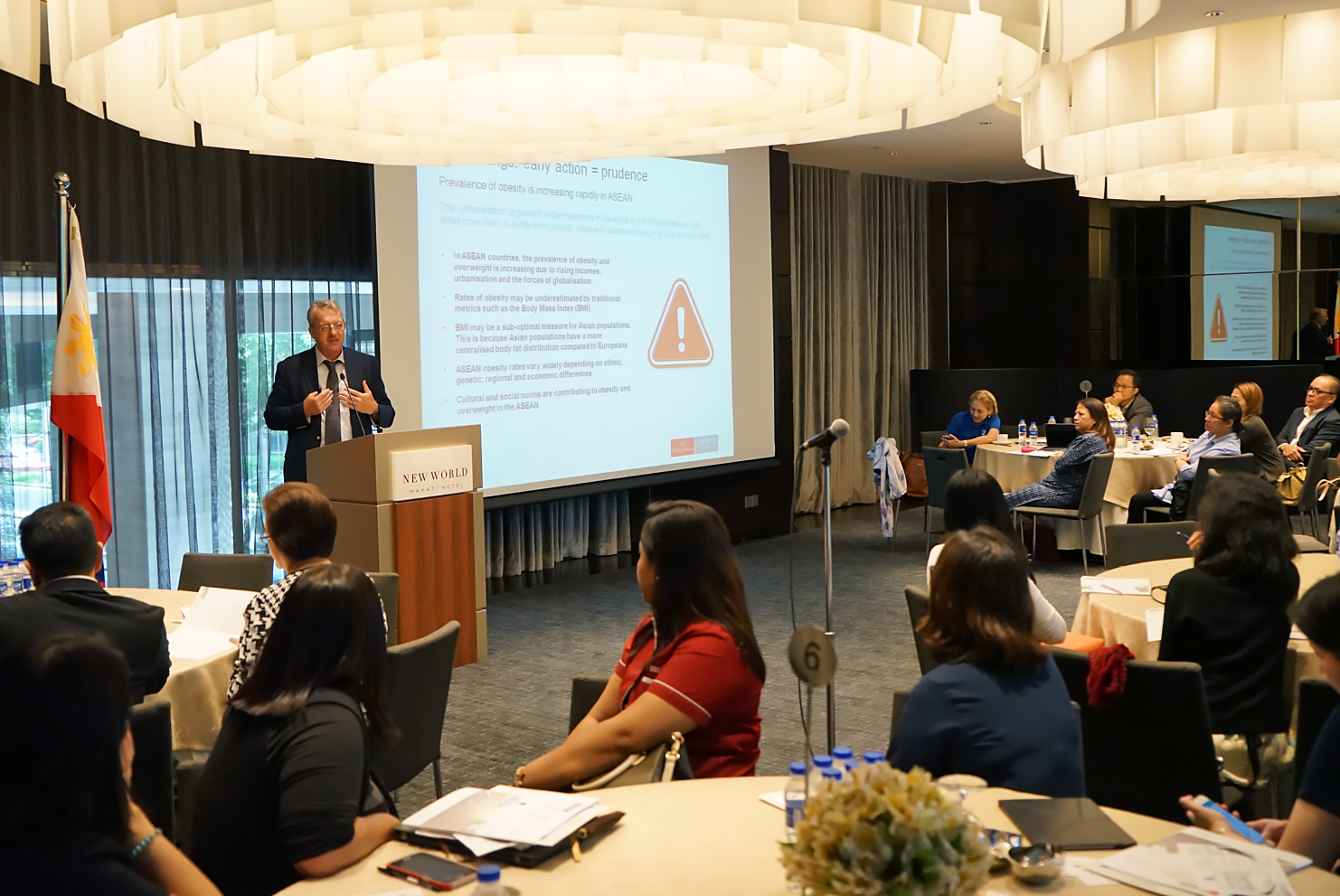
News & Events
ARoFIIN Video: Addressing Malnutrition in the Philippines
In a conversation with the Asia Roundtable on Food Innovation for Improved Nutrition (ARoFIIN), Dr Mario V. Capanzana, Director, Department of Science and Technology, Food and Nutrition Research Institute (FNRI-DOST), Republic of the Philippines, discussed the state of malnutrition in the country, and touched on recommended interventions. Consumer education, dietary and physical activity interventions among schoolchildren, and public-private partnerships are critical in addressing related challenges, he said.
In 2016, obesity cost the Philippines between US$500 million and US$1 billion – making the country the fourth-highest spender for obesity-related problems. The Philippines is also the worst-affected in terms of reduction of productive years among obese males – a significant eight to 12 years. On the contrary, the Philippines is the least-affected in terms of reduction of productive years among obese females – at between 0.3 and 5 years lost.
Key obesity drivers in the Philippines include a lack of exercise and low dietary quality. Many adults are not physically active, and children lack places to play in. A recent study by the University of the Philippines found that young people in the Philippines are at a greater risk of non-communicable diseases (NCDs), due to the consumption of food that is energy-dense and nutrient-poor, exacerbated by growing urbanisation and increased incomes.
Along with bearing the burden of increasing rates of obesity, the Philippines remains very much focused on battling its longstanding problem of malnutrition. The government recently launched the Philippine Plan of Action for Nutrition (PPAN) 2017-2022, with the objective to achieve significant reductions in different forms of malnutrition such as wasting, stunting, micronutrient deficiencies, as well as overweight and obesity among the Filipino population.

Mr Bruno Kistner, Secretary, Asia Roundtable on Food Innovation for Improved Nutrition (ARoFIIN), presents key findings from the “Tackling obesity in ASEAN: Prevalence, impact, and guidance on interventions” report during the General Membership Meeting of the Philippine Chamber of Food Manufacturers, Inc. (PCFMI) on 11 July 2017 in Makati, Philippines.

